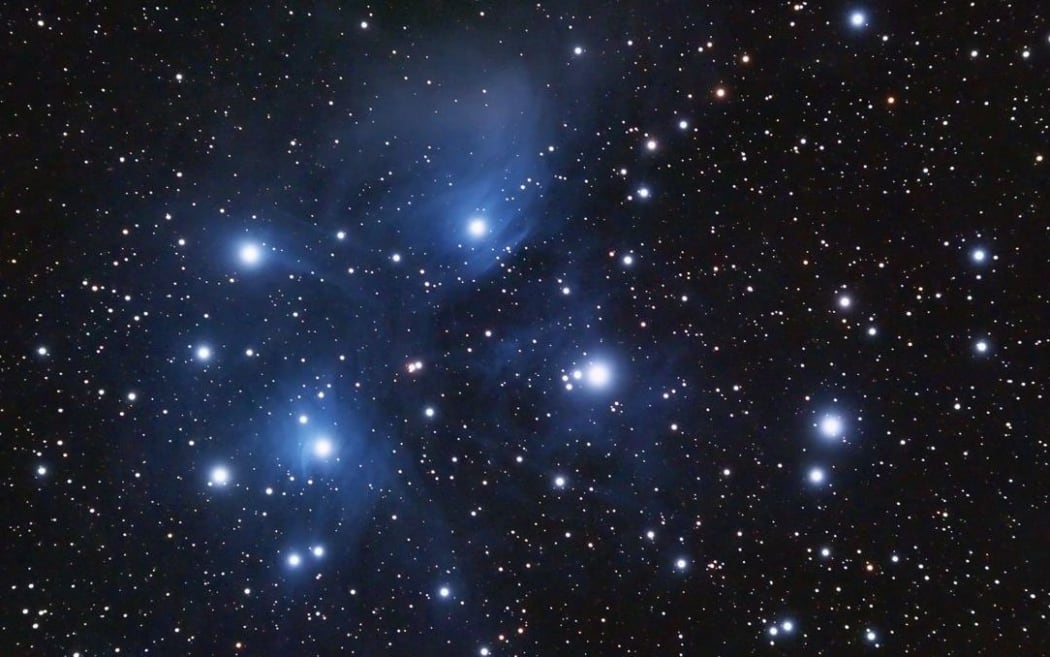Not all iwi are looking at the same star clusters which signal the start of Matariki, the Maori new year, a Waikato University professor says.

Matariki is the name for the cluster of stars known as the Pleiades. When it rises in the north-eastern skies in late May or early June, it signals to Māori that the New Year will begin. Photo: Wikimedia Commons / Filip Lolić
Robert Hannah will be researching Maori astronomy and its relationship to the local landscape during the next three years.
Maori first started using the stars as a compass each trib'es astronomy differed as iwi settled throughout the country.
Some tangata whenua were not looking at the cluster of stars known as the Pleiades to herald the new year, Professor Hannah said.
"At the top of the North Island and in the South Island among Ngāi Tahu, it [Matariki] represents the star Rigel in Orion.
"It's a very different constellation and Rigel is not that far from the Pleiades in terms of sky distance so it's very possible over time that Matariki is still the same month."




